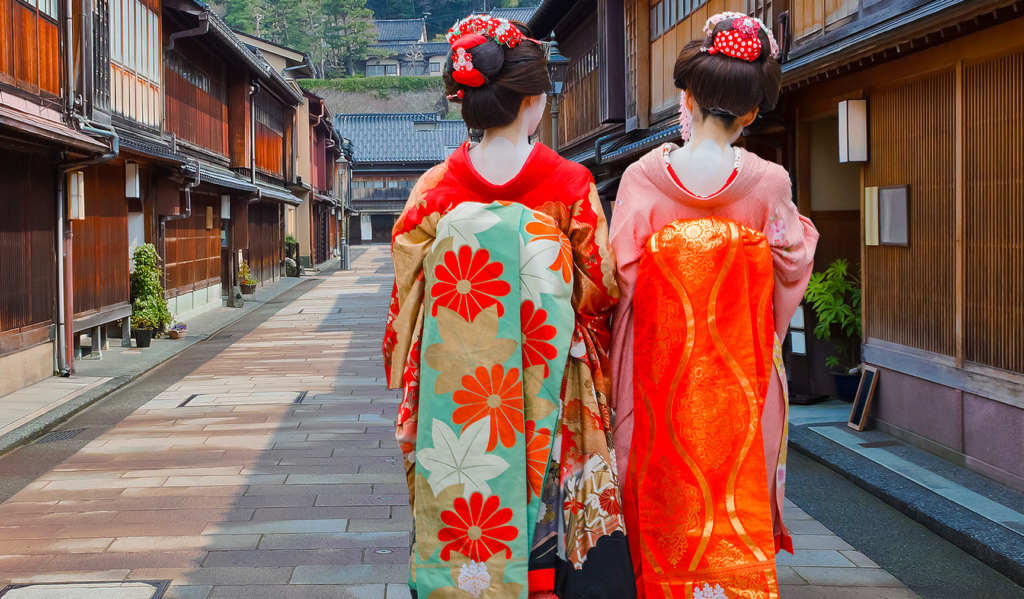It is a belt worn with traditional clothing., Both men and women wear them because they literally hod together the traditional clothing of kimono.
But even more importantly one must understand that the traditional exercise of "manners" or reido invests all of Japanese interaction, even in private , intimate sexual matters.
The obi used in traditional Japanese wedding ceremony has a very important spiritual meaning, a tie that binds both virginity and passion within the brocade wedding dress of a Japanese women. The Obi being undoing by a bride for her groom is a sacred symbol of a woman offering her body to a man for the first time, in innocence , and purity.
So if you see someone trampling an obi, it is a profound cultural insult to both men and women and the mannerly way, likely a mistake by a professional Western photographer.It would be far worse than the reverse cultural faux pas often made by Japanese box stores, of putting life size Santa dolls onto crucifixes for Christmas window displays.
Women's Obis are truly magically wonderful displays of color and weaving as well, often using gold thread.They will always be deeply connected to the idea of offering one's body whether for marriage or traditional seppeku.
Uchikake formal wedding over robe

Geisha Obi over Uchikake, seductively half tied:

Perhaps we can understand the Kiko faux pas a little better.